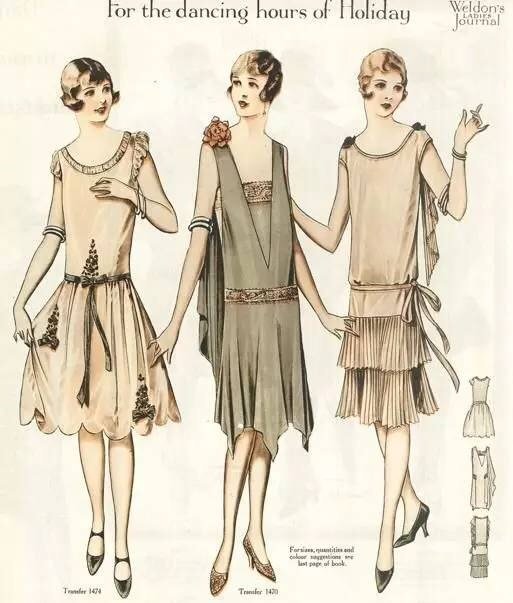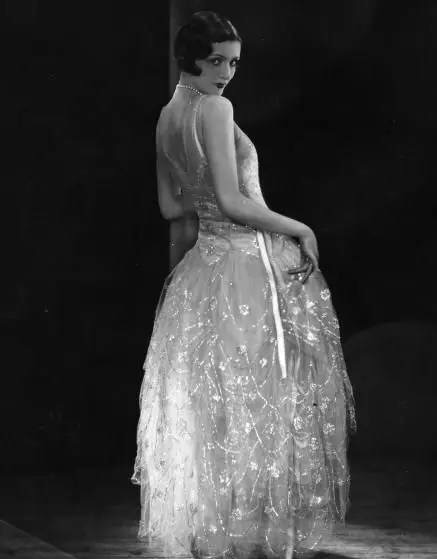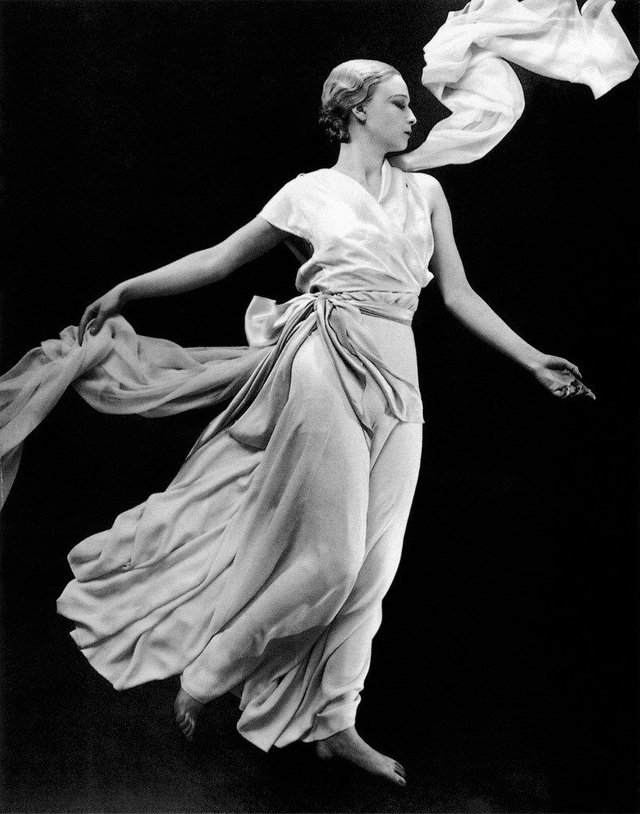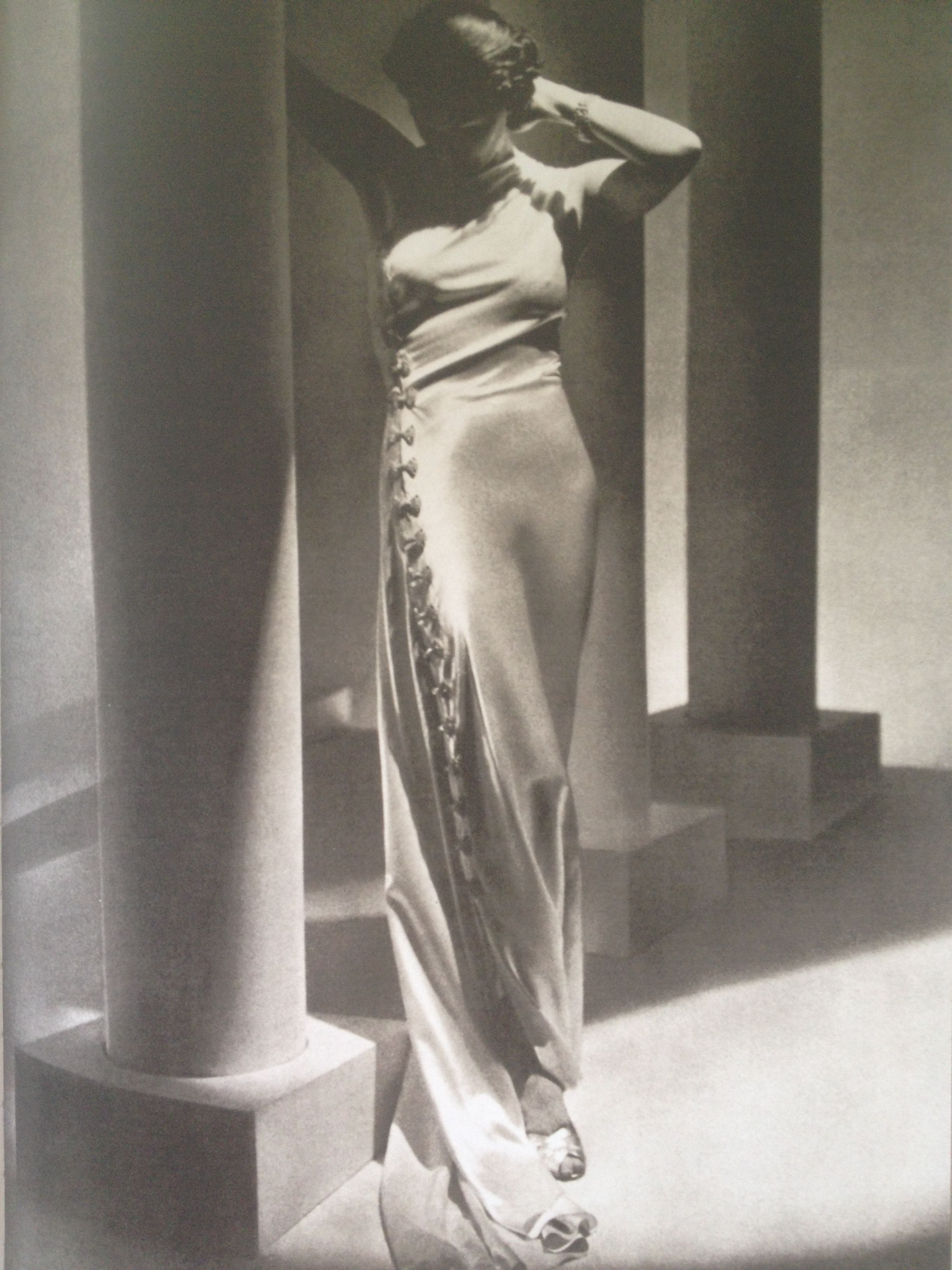1918: Women Might be More Fashionable than You 100 Years Ago
It is not easy to talk about fashion in 1918. Even today we sometimes could not understand vogue because people have different taste in fashion. When you watch the New York Fashion Week, you might tease the fashion style and can't wait to be a designer to showcase your talents. Thus let's just talk about a more comfortable style after world war I.

As the storm of World War I just passed, human suffering had not been alleviated. Elizabeth Bergner Hurlock wrote in her book, The Psychology of Dress, "In general, postwar fashion is easy to go to extremes, especially women's clothing. Because of the sacrifice of many men in the war, women want to marry more than other women who have the same requirements. As soon as the declaration of peace was announced, joy replaced the gloom of the past and often reached hysteria.” The change of women's clothes after the World War I was bolder and more colorful than ever. All these changes confirm Hurlock’s words. At the same time, the style of postwar women's clothing often reflects the long-suffering men's longing and admiration for women.

The general characteristics of women's wear during this period are: Knee length is the standard for daily wear skirts, which is a huge shift in the history of the dress—girls show their graceful legs elegantly so that the overall appearance of women's wear style has a breakthrough change. It is full of the flavor of the times as if the symbol of a new era of women. The modern and classical division is on the length of the skirt as if it has become a fixed: the modern skirt and the classical dress.

(Knee length is the standard for daily wear skirts)
In the design of the evening dress, in order to adapt to the luxurious and warm atmosphere of the hall, people prefer to retain the classic dress to show ladies’ dignified manner. Therefore, women's evening dresses are usually long to the feet. In the meantime, the design of the extremely bold chest and the back of the chest showed that women were only considered to be decent and respectable in the 20th century.

(Evening dress: decent but bold style)
In the design of the evening dress, the most famous French fashion designer was Madeleine Vionnet. She used the Chinese crepe in the evening dress to design the smooth, beautiful clothing. It is said that the clothes she designs can modify her figure, although she has no openings before and after, she can use the elasticity of the fabric itself and the skillful technique of suitable size, which can make people wear freely. She also makes full use of fabric drape and natural pleats to create rich changes. Therefore, contemporary people praised as the "Queen of the bias cut" and "the architect among dressmakers”

(Madeleine Vionnet's bias cut dress)
Vionnet's greatest contribution is the bias cut, a technique for cutting cloth diagonal to the grain of the fabric, enabling it to cling to the body while stretching and moving with the wearer. This kind of clothing has greater flexibility, resulting in lively momentum. Thus, it is credited with inspiring a number of recent designers.
At this point, the linear shape of women's clothing is even more emphasized, simply covering up the only curvature of the waistline. Women's shirts are straight and long. Small skirt in old time that can make a small step is replaced by a pleated and elegant petunia, which makes the woman full of youthful vigor. In order to tie up with this simple and sophisticated costumes, they also cut short hair, just like a boy.

(Madeleine Vionnet's bias cut dress)
Women's simple, fit dresses make them not even wear a petticoat at times, but they use bras and tightly packed underpants. Only in the transparent fabric dress, they use the petticoats.Compared with women who wore layers of petticoats before the 18th century, they were as light as swallows, free from the shackles of clothing.

(Much freer style about dress)
After the World War I, although many women wore trousers because of the need for labor and exercise, women's wearing trousers in ordinary and formal dress were still considered awkward and therefore not universal. However, World War I liberated the traditional women's clothing and made women freer to dress.
100% of the SBD rewards from this #explore1918 post will support the Philadelphia History Initiative @phillyhistory. This crypto-experiment conducted by graduate courses at Temple University's Center for Public History and MLA Program, is exploring history and empowering education. Click here to learn more.
So much here @yingchen! So many facets of fashion. I'd be interested in hearing more about women wearing trousers. Could that be called a legacy of WWI and a discovery in #explore1918?
Here's an article at TIME.com on the subject entitled "From Horse People to Hillary Clinton: A History of Women Wearing Pants."
Can your readers curate and post other links of value?
Wow.. very good read and informative. We should all start to wear nice hats :)
It seems that fashion is like a cycle. We all love vintage today!
infact we do.